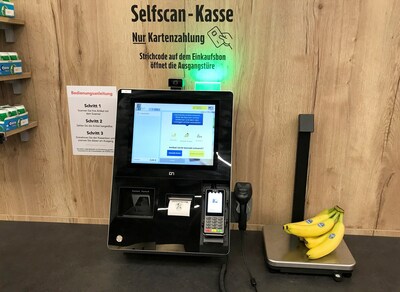AI isn’t always the answer – but what is the question?
18th July 2023

Artificial Intelligence (AI) has crept up on the world, stealthily and then all at once. For those in the industry, the new use cases are exciting and a continuation of decades of work. For everyone else? AI applications have infiltrated every section of life without warning, so much so that we may not even know what all of the AI around us is even doing.
From unlocking your phone with face ID to live traffic updates on your maps app, AI is everywhere. The question, however, is do we need all of these applications and are they working as hard for you as they could be?
At an AI event recently, I got talking to one of the delegates. I asked “What kind of AI application are you looking for? What does it need to do?” she replied, “I don’t know. My boss wants us to implement AI but doesn’t know where it is needed, so I’m here to figure that out”.
The importance of understanding the challenges before implementing AI applications
Like every new and exciting technology, there is a temptation to rush and do as much as possible, but we should all take some time to really think about this. Undoubtedly, there are AI applications already which make a difference. Take agriculture for example. McKinsey suggests that up to $127 billion of food waste can be prevented with effective use of AI. AI powered drones can help farmers to harvest at the right time, whilst robots can be programmed to pick fruit and vegetables preventing food from rotting in fields.
The challenge, however, is navigating the myriad of AI use cases and finding the ones that will actually address the challenges your business faces. Just as in the example above, businesses feel they should be implementing AI but may not know what they need it for. The worst-case scenario for AI providers in the future is their customers have adopted AI early, without understanding what they should be using it for, and find it doesn’t make a difference for them.
Early adopters may feel let down by AI that promised the world, some without having any real tech behind it but a fantastic sales team selling the concept.
Four questions to ask, before implementing AI
AI applications, like all technology, can become another drain on your operational costs unless well-considered. There are some questions to ask, and understand first:
- What is the biggest challenge my business faces
- Where are the inefficiencies
- What work challenges are my employees complaining about
- Where can I make the biggest impact by introducing technology
This sounds obvious right? But this is coming up more and more frequently. Businesses want to be seen to be doing something, and AI can seem like the answer.
The right technology: the key to a successful return on investment
Before jumping into new AI solutions, businesses should understand the above questions, and they should look at how they can improve existing processes. In HR for example, there are systems that automate parts of the recruitment process such as screening CVs and application forms for relevant skills, providing shortlisting updates and provide feedback to all candidates. A great example of this is Unilever’s recruitment process where implementing an AI platform saved over 100,000 human recruitment hours while also providing every candidate with feedback and saving over $1million in recruitment costs every year.
Some businesses may not know exactly how they want to address a problem, but having an awareness of what the challenges are is the crucial first step. AI providers need to offer transparency, a depth of understanding of the root causes of the businesses challenges, and real solutions that offer value.
The temptation to implement AI into everything is high, but cautious questioning helps. For example, can AI spot that a bin needs to be emptied? Yes, of course. But so can the cleaner that walks the floor every hour. Is the cost of implementing AI outbalanced by the value it will drive your business?
The future of business: how AI can help you grow and succeed
AI, like any tool, needs to have a value purpose or it simply becomes another discarded item on the workbench waiting to be cleared out. For AI solution businesses serious about long term success they should be working closely with their clients, to help them understand where AI can add significant value and return on investment.
For example, our vision AI platform, is designed to take the inputs from any available stream – from CCTV cameras to touch screens (sensor fusion), and combines the data to provide real, actionable intelligence so that informed business decisions can be made. We have a number of solutions which run on the platform, including our Spill Detection, Hazard Detection and Fresh Produce Recognition solutions.
However, the real power and return for businesses is in our ability to understand every part of the business and create solutions that build upon the platform and directly address issues retailers face. Whether this is non-compliance with OSHA or HSE regulations, or shrink at self-checkout, the key is understanding the challenges and harnessing the power of the infrastructure to deliver a deep understanding of spaces and activities in any environment.
Every AI business wants to be successful, but short-term sales team success can lead to long-term client dissatisfaction and business failure. Worse, businesses selling concepts without the tech to back it up can cause cynicism in the market, making it harder for genuinely useful solutions to be found and deployed. So, we should all be asking – is AI the answer to this question?

